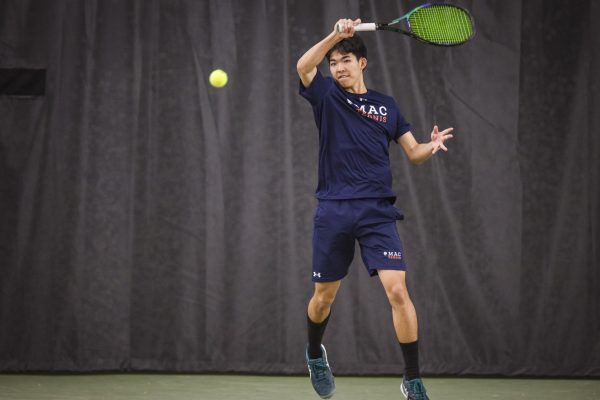Why do we engage in luxury consumption which often leads us to spend much more than what we would have spent on comparable non-luxury items? We, as worldwide consumers, are largely unaware of our motivation behind luxury consumption, which stems from our desire for esteem, wealth and satisfaction. We want to secure our social status by catering to others’ perceptions and display luxury goods as a symbol of our identity and power. After all, we consume brand-name goods for pleasure.
However, several studies indicate that luxury consumption does not effectively deliver us happiness. In this opinion editorial, I explore different types of purchase intentions for luxurious goods, the implications of cross-cultural differences, the major findings and implications of relevant studies and possible solutions to the problem of this mismatch between our intended goals and actions. Solutions indicate that experiences, not material goods, are better predictors of happiness.
Research has shown three major purchase intentions for luxurious items: self-presentation, self-expression and affect. People with more self-presentation intentions buy brand goods to claim their status within the context of society. Perceptions of social members guide one’s action more strongly than one’s own judgment, and personal opinion is supplanted by the interests of the group. On the other hand, people with more self-expression intentions seek alignment in their identity and the brand. They wish to express their individual uniqueness by finding appropriate brand-match. Affect is a purchase motivation out of pure emotional needs or happiness. The findings suggest that affect is the strongest predictor of luxury consumption in both cases.
Although many cross-cultural studies examining purchase intentions of luxury goods seek to find cultural distinctions in collectivist versus individualistic cultures, more studies seem to reveal merging patterns in both types of cultures in the face of globalization. Traditionally, collectivist East Asian cultures displayed more self-presentation intentions, whereas individualistic Western cultures displayed more self-expression intentions. However, Bian & Forsythe’s study indicates that there was almost no difference in self-expression and self-presentation attitudes in East Asian culture. Also, Western culture over time has shown increasing desire for self-presentation. This merging suggests that self-presentation attitudes are not only applicable to East Asian culture, but also to Western culture and at a much faster rate than ever before.
This interpretation is supported by the results of a study by Wiedmann, Hennigs and Siebels. In the study, researchers identified four different types of shoppers based on the above variables and found a surprising result: the greatest percentage of shoppers in the U.S. belong to the extravagant prestige-seekers category (26 percent) followed by rational functionalists (23.7 percent), materialists (22.4 percent) and introvert hedonists (17.2 percent). Extravagant prestige-seekers display more self-presentation attitudes in that they are more inclined to favor social value aspects of luxury goods by emphasizing prestige over quality assurance in order to impress others. This surprising finding suggests that although our ultimate goal of buying luxury goods is an emotional benefit, we are more drawn to social acceptance in order to be liked by others.
The studies above indicate that we, regardless of our cultural identity, unconsciously fall back to habitual luxury consumption for prestige and impression management and that luxury consumption does not deliver us the happiness we think it does. In fact, Wilson and Gilbert point out that happiness derived from owning material goods is strong in intensity, but only temporary. In order to make ourselves truly happy, we need to spend our valuable dollars not on luxurious material goods, but on building new experiences. We may also increase our happiness by socializing with others and engaging in helping behaviors.
For example, schools and companies can adopt specialized programs that involve weekly meetings for students and employees to share non-academic or non-work issues in their lives. We can also set a goal to donate a portion of our income to charity to make our lives more meaningful. In a world with a central focus on materialism, we need to stop and ask ourselves where our consumption motivations come from and engage in actions that contribute to our happiness.














Wanda Stewart • Sep 6, 2019 at 6:50 pm
I don’t even understand how I finished up here, but I believed this post was great. I do not realize who you are but certainly you’re going to a famous blogger for those who aren’t already 😉 Cheers!